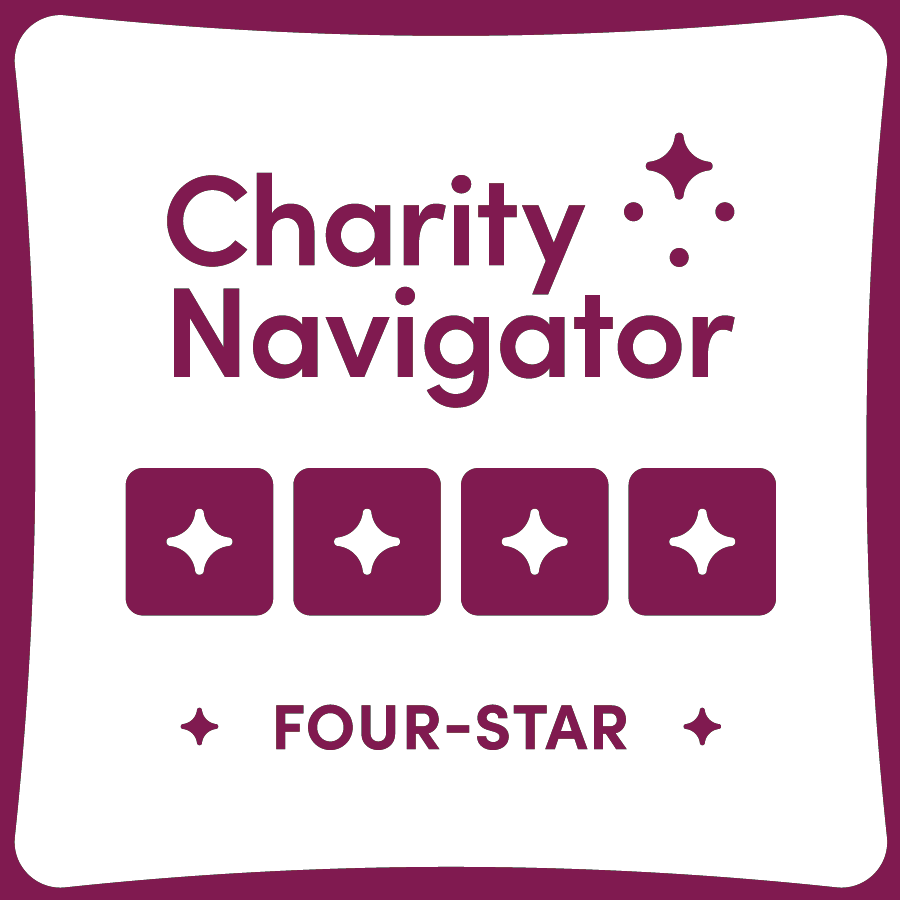COMMITMENT TO GENDER EQUITY

Fearless, Restless, Striving: We See Her.
This year's International Women's Day theme is #InspireInclusion. When we inspire others to understand and value women's inclusion, we forge a better world. Watch how Tanvi, from India, received Seva-supported training to work as a Retinoblastoma Coordinator, saving hundreds of lives in her community.
Hundreds of thousands of women like Tanvi have received Seva-designed training and gone on to transform entire communities.
“Every Sunday, I’d go with my grandmother to local health camps that provided care and treatment to underserved communities. Seeing patients and how doctors cared for them – these experiences sparked a lifelong interest in healthcare and a deep desire to serve my community...”
CONTEXT
Gender equity is a long-standing priority for Seva Foundation, an organization co-founded and currently managed by women. Over the past forty years, we have intentionally sought to understand how and why women throughout the developing world struggle to get quality care. Our Vision Centers—located in impoverished and often remote areas of the developing world—integrate gender-informed practices that ensure women and girls can access vision care, despite formidable barriers. We also train and employ local residents as eye health professionals, contributing to the economic empowerment of this workforce, which is predominantly female. Working in more than 20 countries to increase the efficiency of local hospitals and develop sustainable eye care programs, Seva also promotes the career advancement of women, from paraprofessionals to ophthalmologists.
As we emerge from the pandemic, we intend to honor the strengths and innovations of our in-country partners by expanding the double use of our Vision Centers as centers for pandemic relief—distributing food and vaccines—as well as for eye care.
NEED
According to the International Agency for the Prevention of Blindness, more females than males live with vision loss in every category of vision impairment and blindness. Globally, 55% of people living with vision loss are women and girls, 45% are male.
Additionally, women are:
8%
MORE LIKELY TO BE BLIND
15%
MORE LIKELY TO HAVE MODERATE TO SEVERE VISION IMPAIRMENT
12%
MORE LIKELY TO HAVE MILD VISION IMPAIRMENT
11%
MORE LIKELY TO HAVE NEAR VISION IMPAIRMENT
The causes of this disparity are more social than biological. Throughout much of the developing world, social norms and barriers not only keep women from pursuing an education and earning a living, they also make it difficult to access healthcare, including eye care.
Women and girls are typically expected to remain in the home, devoted to domestic work. In families that live in poverty, male needs for medical attention are typically prioritized over those of their wives, sisters, and daughters. Local norms in many areas prevent women from traveling alone, even to access healthcare—and the cost of travel for a male companion is an insupportable expense.
In addition, women tend to outlive men. With increasing age, come many eye conditions such as cataract, presbyopia, glaucoma and age-related macular degeneration.
SEVA FOUNDATION SOLUTIONS
With our donors’ support, Seva has reduced and, in some areas, eliminated gender inequality in eye care. We have demonstrated that even the most deeply entrenched gender norms can be changed—and that when they are, economic opportunities for women and their families grow. We work to understand the role of these norms. We design and test program approaches that strengthen the agency of women and girls to overcome barriers to both quality care and economic opportunity.
Seva addresses gender-based eye care inequities through these strategies: Vision Centers, Gender-Responsive Outreach, Technology, and Policy Advocacy.
Expanding Access and Increasing Economic Opportunity with Vision Centers
Vision Centers are the front line in Seva’s Global Sight Initiative model. Permanent local centers with two to five employees, VCs bring primary eye care to the doorsteps of residents in impoverished urban communities and remote rural areas, dramatically increasing access to care.
Their services—including eye exams, dispensing of eyeglasses, emergency eye care, routine monitoring of chronic conditions, and basic eye care education—meet up to 80% of the local vision care needs. Each center is connected to a hospital, to which the remainder of cases are referred for more complex care. To increase efficiency, Vision Centers recruit and train local residents, many of whom are women, for living-wage jobs as ophthalmologic paraprofessionals.
Gender-Responsive Outreach and Assistance
Seva relies on targeted outreach programs designed to address the known barriers to women and girls accessing care. A key component in our success has been the widespread training of local women as Community Health Workers, who conduct culturally appropriate outreach throughout a Vision Center’s service area, with a particular emphasis on making sure that women and girls know that affordable care is available to them and how they can access it.
In cases where more complex care than the Vision Center can provide is required, Seva offers additional support. Free round-trip transportation for both the patient and an accompanying family member makes it socially acceptable and financially feasible for women to travel to the hospital. Counseling for families educates parents and husbands and addresses potential family concerns.
Technology
Telemedicine offers another solution to the barrier of geographic distance from the point of care. Chronic sight-threatening conditions such as diabetic retinopathy and macular degeneration require monitoring. Seva actively pursues solutions like low-cost diagnostic devices that will enable Vision Center Technicians and other Vision Center paraprofessionals to perform eye examinations on a regular schedule and instantly upload images. Off-site ophthalmologists will be able to access the images, observe the progress of these blinding and sometimes life-threatening conditions, and prescribe interventions when necessary.
Policy Advocacy
Seva leverages its relationships with major eye care institutions in 20 countries to advocate for gender-responsive programming and supports female advancement in the field, from paraprofessionals to ophthalmologists.
Seva has helped establish Nepal’s National Gender and Blindness Program at the national policy level, which gathers, analyzes and promotes effective community-based strategies. At Lumbini Hospital in Nepal, like much of the world, the surgical profession has traditionally been male- dominated. Seva has actively identified and recruited promising female medical students and provided them with the support they need to complete residency training in ophthalmology. As a result, today, Lumbini’s leadership and surgical teams are 70% women.
WHY SEVA?
Established in 1978, Seva Foundation and the partners in our Global Sight Initiative (GSI) work in more than 20 countries around the world to develop and implement innovative and high-quality programs that preserve and restore sight. The social enterprise component of the GSI model, through which locally-based partners earn revenue caring for fee-paying patients, subsidizes no-cost care for deeply impoverished patients and ensures long-term sustainability. Our evidence-based programs promote self-sufficiency and the fundamental human right to live in dignity and freedom. Together with our partners, Seva has, to date, provided vital eye care services to 64 million people living in resource-poor communities, including 6 million whose sight we restored. Our Global Sight Initiative provided care to 6.5 million people in the past year alone, including 3.4 women and girls.
CONCLUSION
Many in the global eye care community believe that ending preventable blindness is possible. At Seva, we do too—and we are determined that women and girls will not be left behind on the road toward that goal. We invite you to join us in this important work.
SEVA’S IMPACT ON WOMEN
Seva is working toward the day when women and girls have equal access to care, while continually expanding our reach. In 2022-2023 alone, we reached about 1.8 million women:











